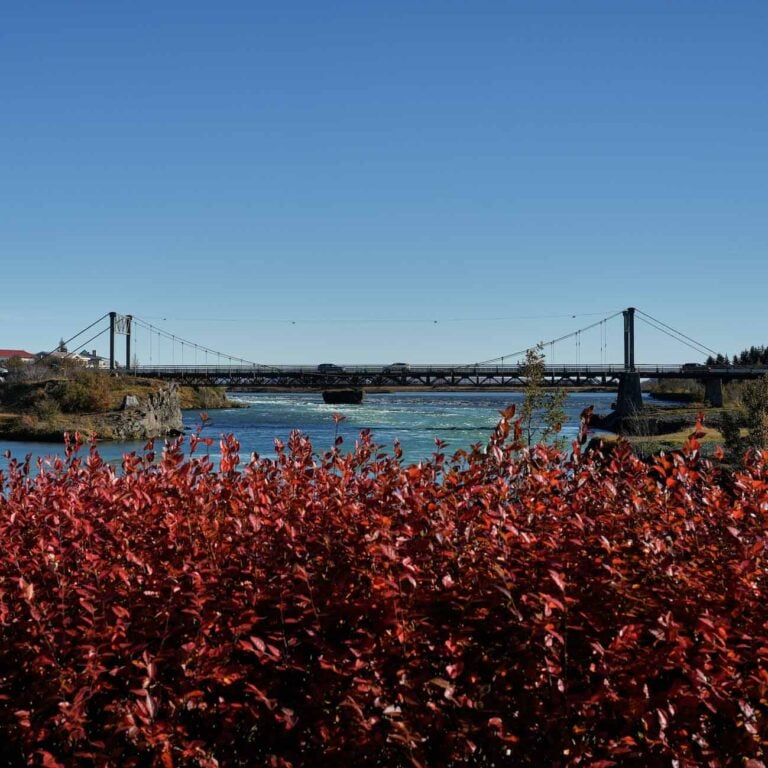No municipality in Iceland has grown faster this century than Árborg. The residents of Selfoss, Eyrarbakki, and Stokkseyri, which form the municipality, have, in the quarter century since its founding, increased from 5,500 to nearly 12,000. Nearly all of this growth has occurred in Selfoss, which came to prominence as a town along the national road across the Ölfusá river around 1930. Two centuries earlier, Eyrarbakki was one of the largest towns in the country, being one of the main trading centres of the Danish Crown’s Monopoly Trade in Iceland, from 1602 to 1787. The populations of Eyrarbakki and Stokkseyri today are approximately the same as they were a hundred years ago. Meanwhile, virtually all the growth in this beautiful municipality, located a 45-minute drive from the capital, has been in Selfoss. One-fifth of Selfoss’ residents commute to work in the capital area. Alongside this population growth, there has been significant development in the Selfoss town center, with the next major project being to reroute Highway 1 out of the town center, relocating it north of the town with a new bridge over the Ölfusá, Iceland’s most voluminous river, which carries an average water flow of around 400 m³/s through Selfoss.
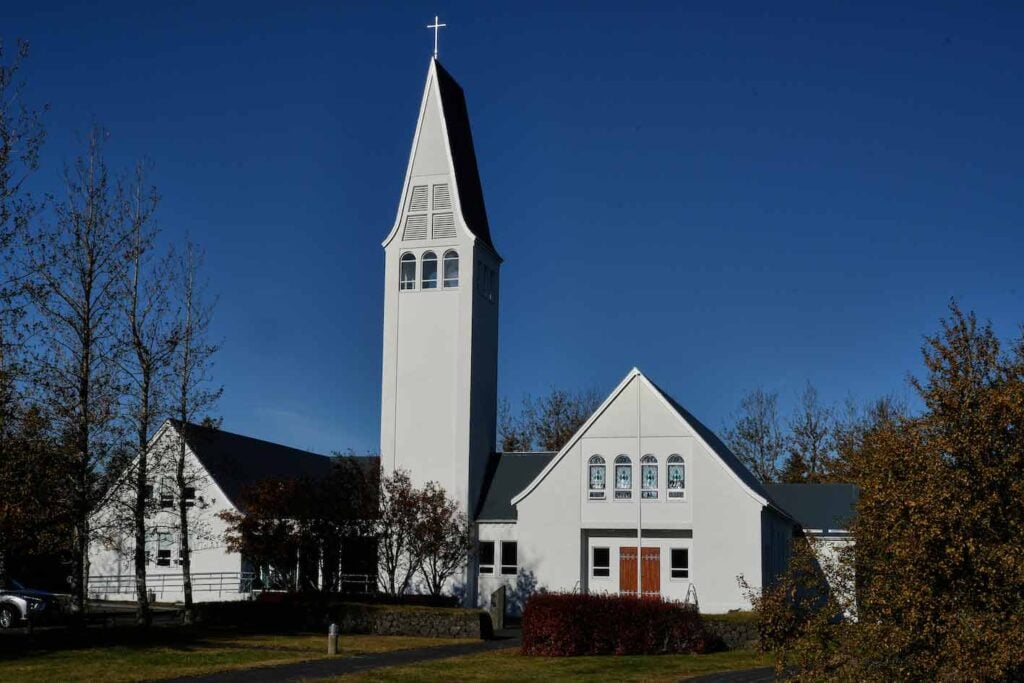
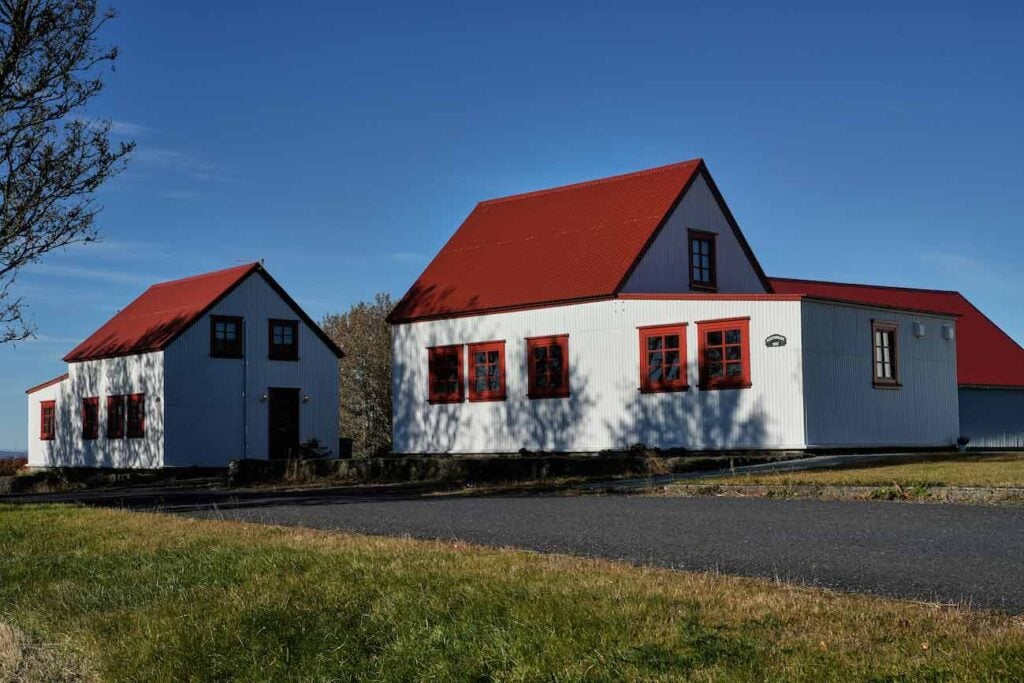

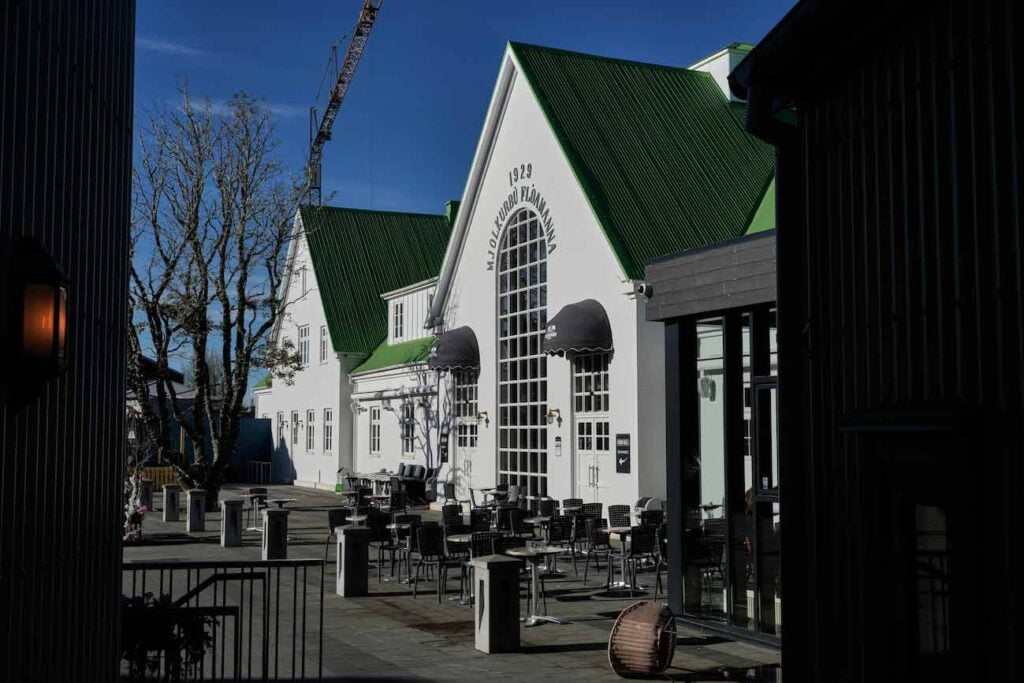
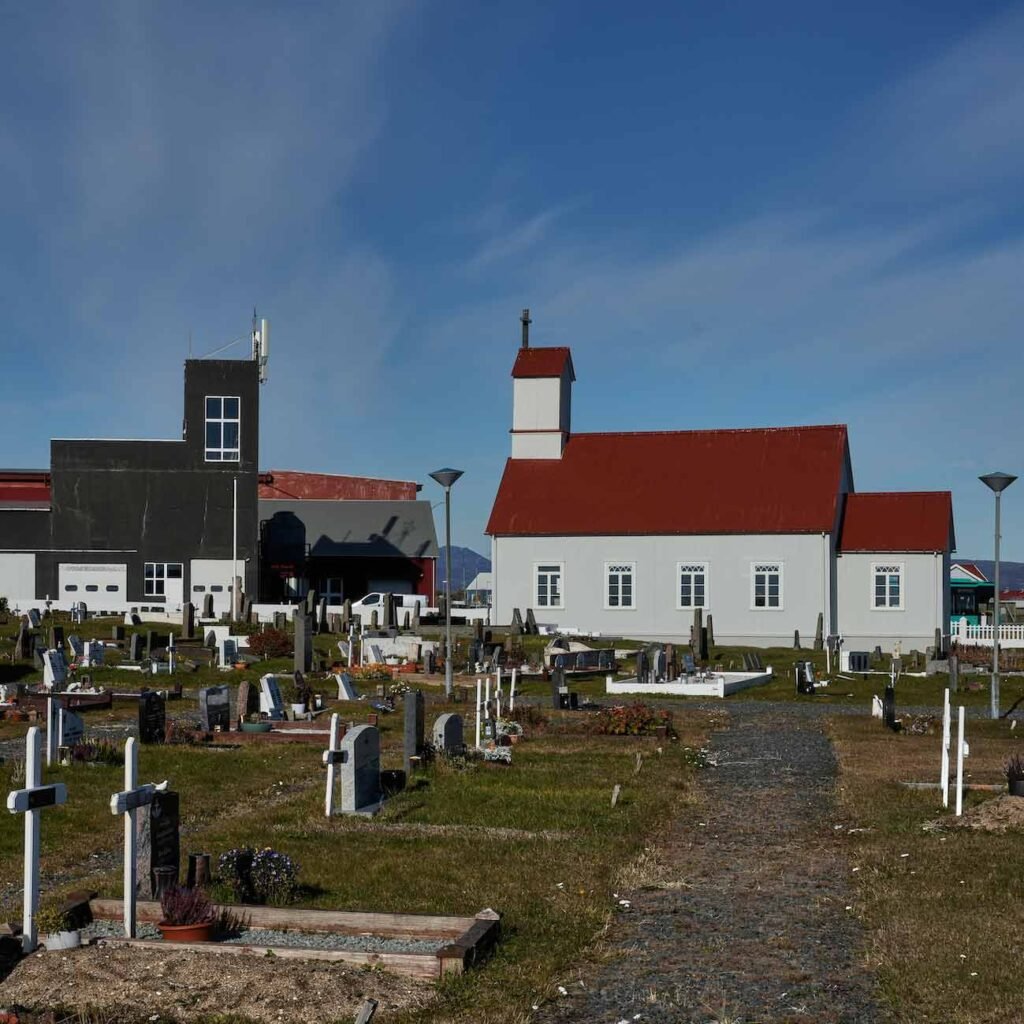
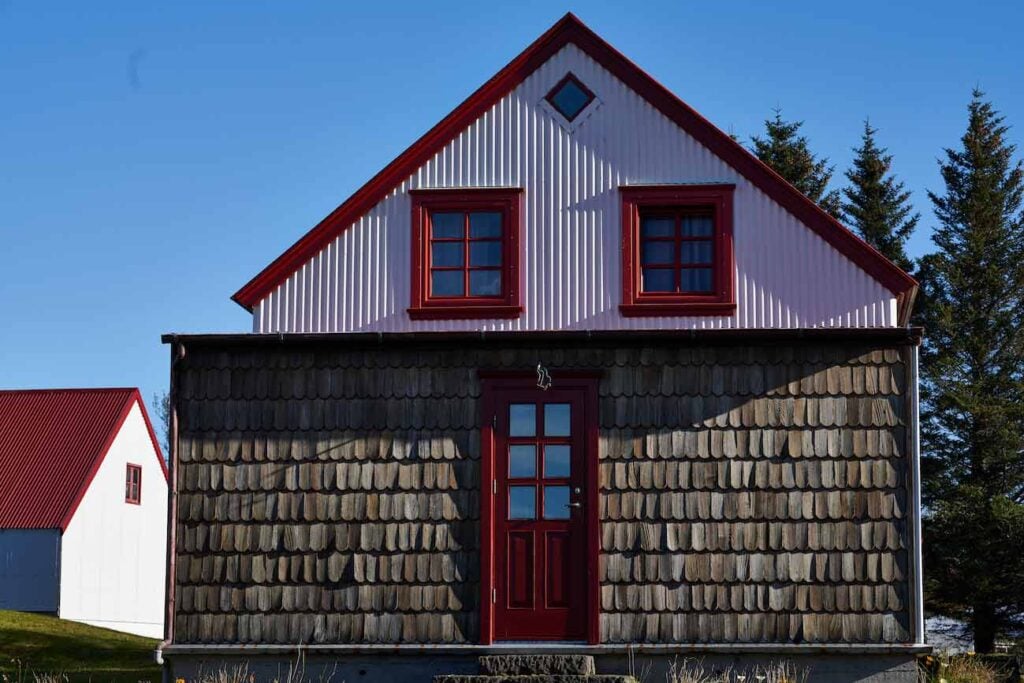
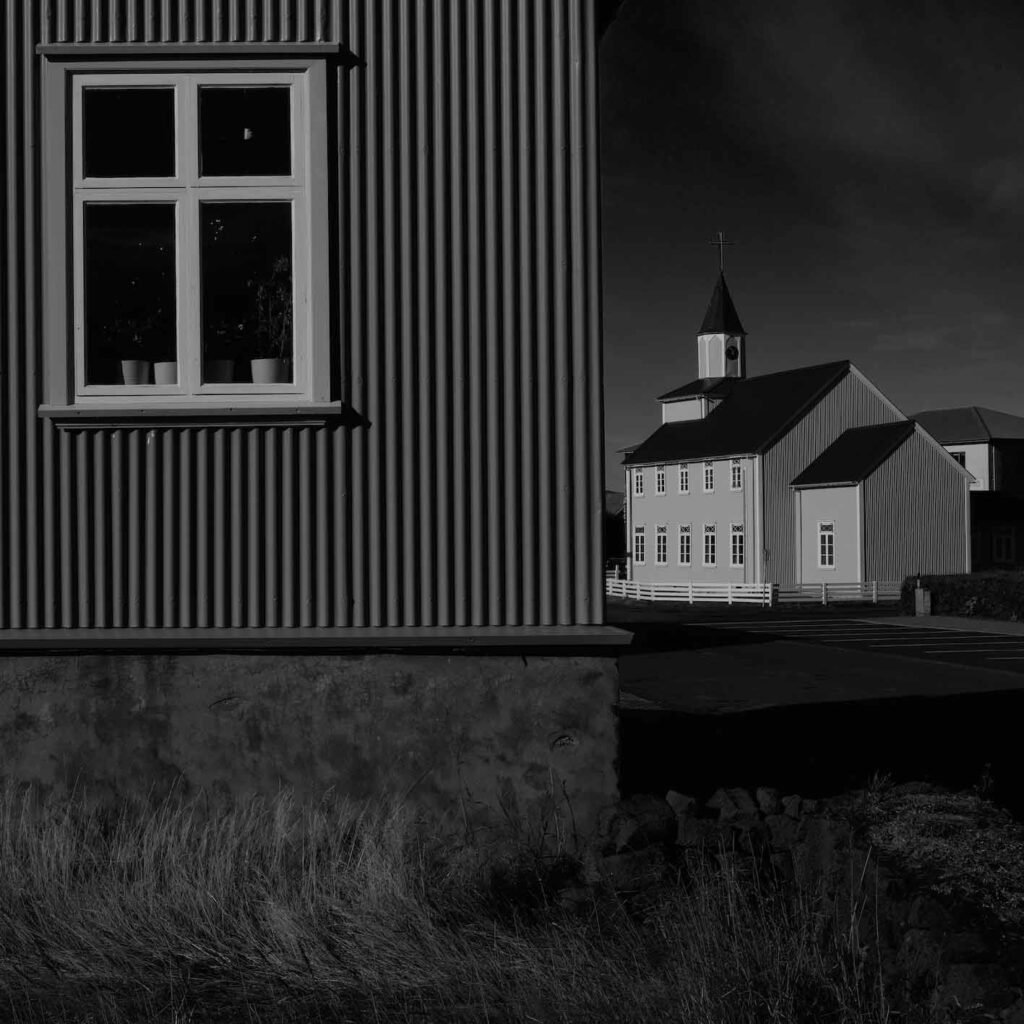
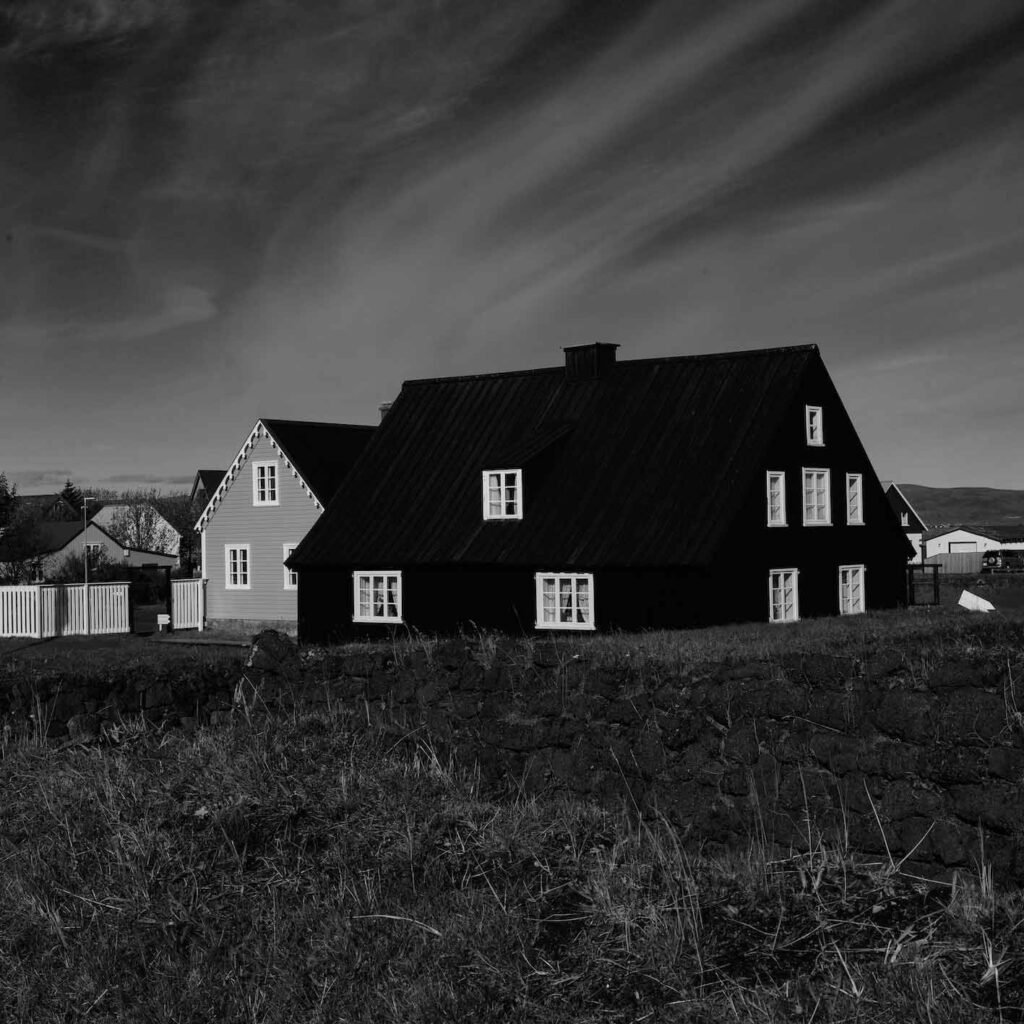
Árborg, 01/10/2024: A7CR, A7R IV – FE 2.4/40mm G, FE 1.4/85mm GM
Images & text: Páll Stefánsson

